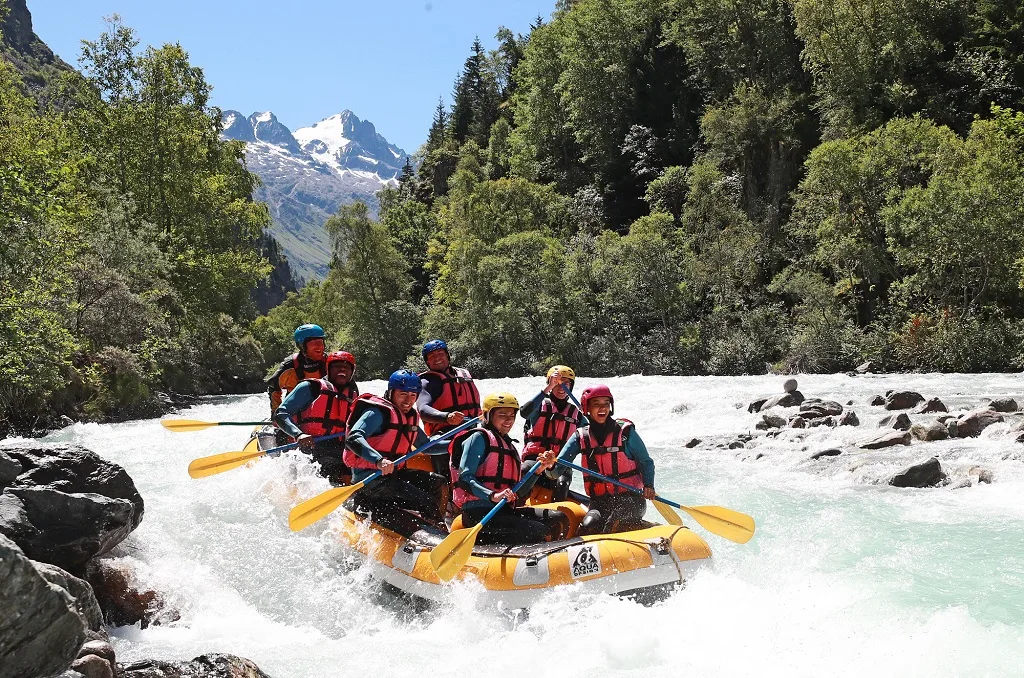
Rafting is not just a sport, it’s an adventurous journey on water. Offering excitement and team coordination, rafting has evolved from its rudimentary origins to a well-loved modern-day sport. The transformation from using basic makeshift rafts to advanced rubber rafts has made it a popular choice for adventure seekers worldwide.
The Origins and Evolution of Rafting
Rafting, as a structured sport, came into popularity in the mid-20th century, although the use of rafts dates back thousands of years for transportation and fishing. The introduction of rubber rafts in the 20th century revolutionized rafting, providing safety and durability, which allowed it to become a recreational sport. It quickly spread across North America and Europe, with each region adapting the sport to its unique river conditions and cultural preferences.
Rafting classifications help participants understand the challenges they might face. These classifications range from simple, easy-to-navigate waters suitable for novices to highly challenging and dangerous rapids that even experienced rafters find demanding. This system is crucial for preparing participants for the physical challenges and for ensuring safety during the rafting trips.
Preparation and Gear: What You Need Before Hitting the Rapids
Before diving into the thrilling world of rafting, it’s essential to be properly equipped. A standard rafting kit includes a life jacket, helmet, and specially designed water-resistant clothing. These items ensure the rafter’s safety and comfort in various water conditions.
Knowledge of swimming is fundamental, along with a basic understanding of first aid. These skills are vital, especially in remote areas where professional medical help might not be readily available. Additionally, rafters should familiarize themselves with the river’s layout, weather patterns, and environmental conditions, which all play a significant role in ensuring a safe rafting experience.

The Challenges of Rafting: Risks and Rewards
The unpredictable nature of water and weather poses a significant challenge to rafting. Sudden weather changes can alter water levels and current speed dramatically, which can turn a familiar river into a dangerous adventure. Furthermore, the physical demands of rafting require good health and endurance to manage potentially strenuous paddling and navigation.
Environmental concerns are also crucial; rivers can suffer from pollution and other ecological damages, affecting both the sport and the ecosystems involved. Responsible rafting practices are essential to preserve these natural waterways for future generations.
Learning Rafting: Self-Taught vs. Professional Guidance
While some basic rafting techniques can be learned through self-study, novice rafters are strongly advised to seek professional instruction. Joining a rafting club or enrolling in guided tours can provide beginners with necessary safety knowledge and a supportive learning environment.
For those interested in advancing their skills, many clubs offer courses on advanced techniques and safety protocols. These courses are invaluable for those looking to tackle more challenging rapids and for ensuring a comprehensive understanding of the sport.
The Enduring Appeal of Rafting
Rafting offers an exhilarating way to explore nature and challenge oneself. It combines physical activity with the serene beauty of river landscapes, providing an unforgettable adventure. With proper preparation, respect for nature’s power, and adherence to safety guidelines, rafting continues to captivate and thrill adventurers around the world.